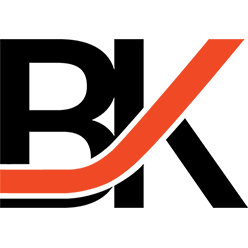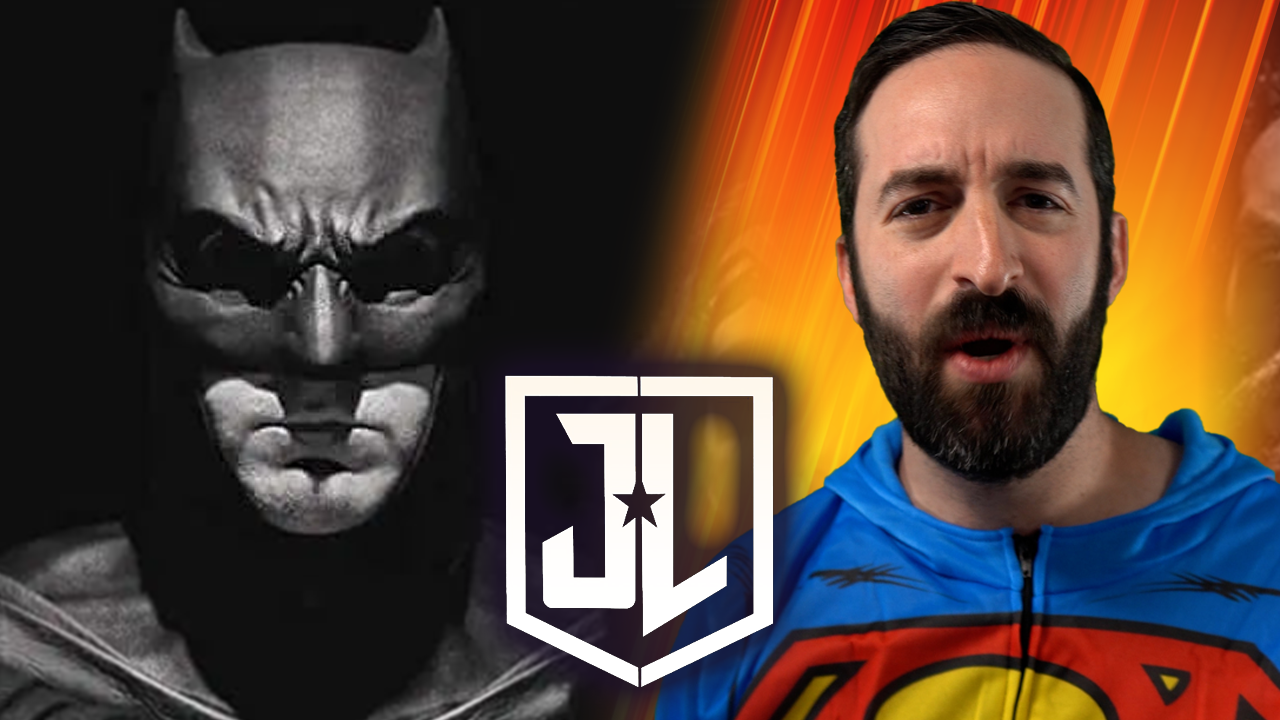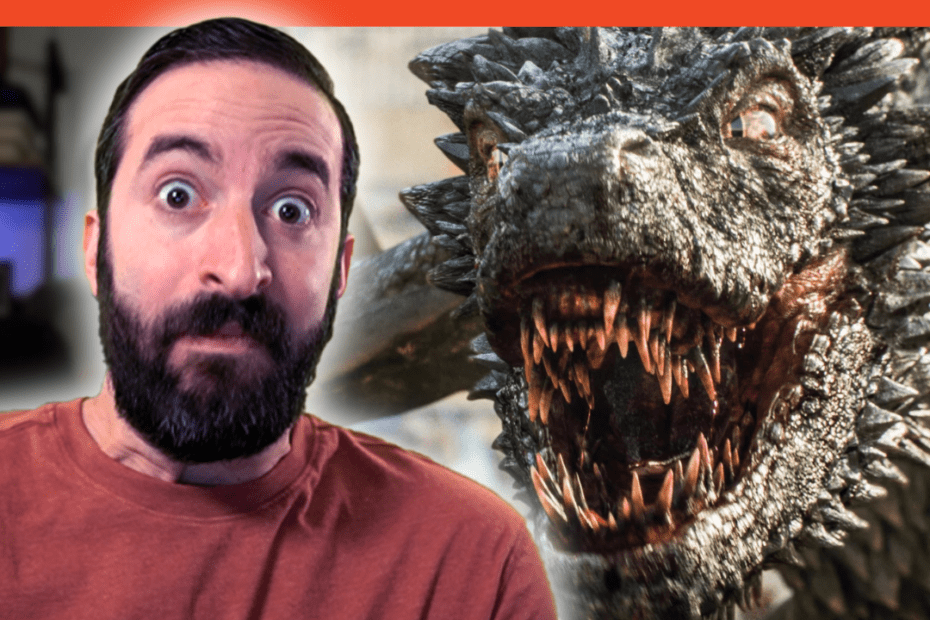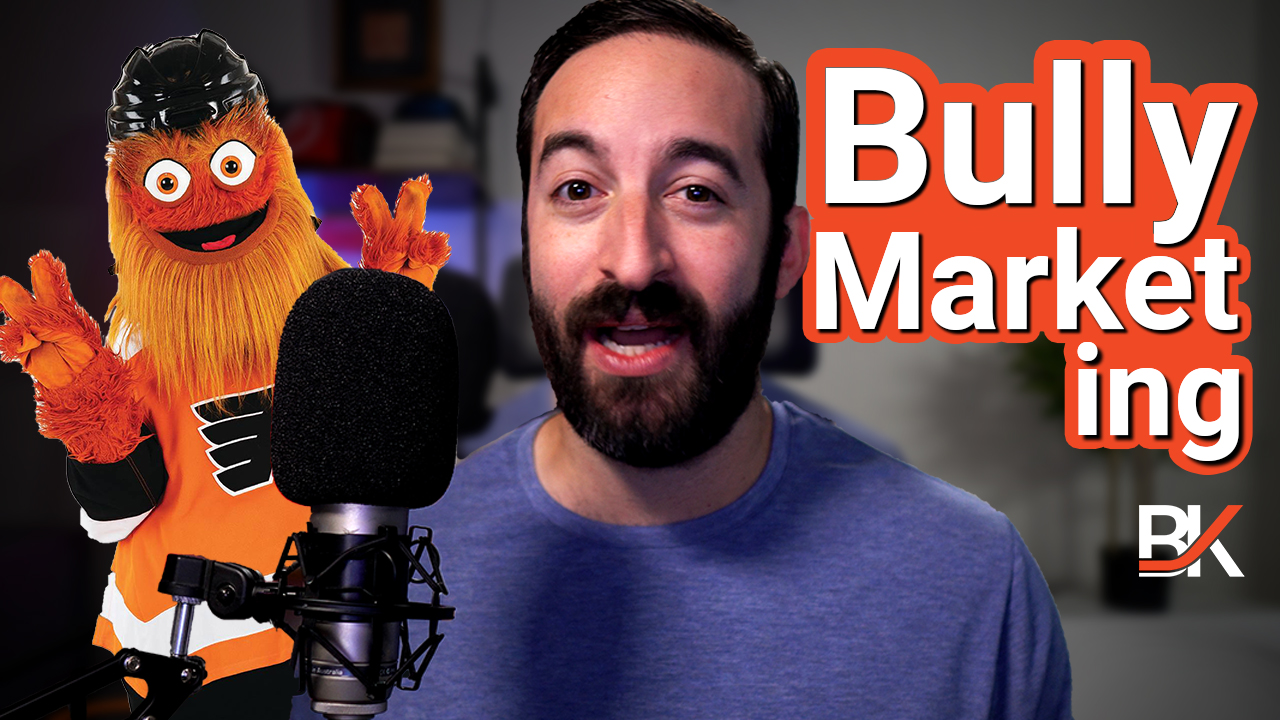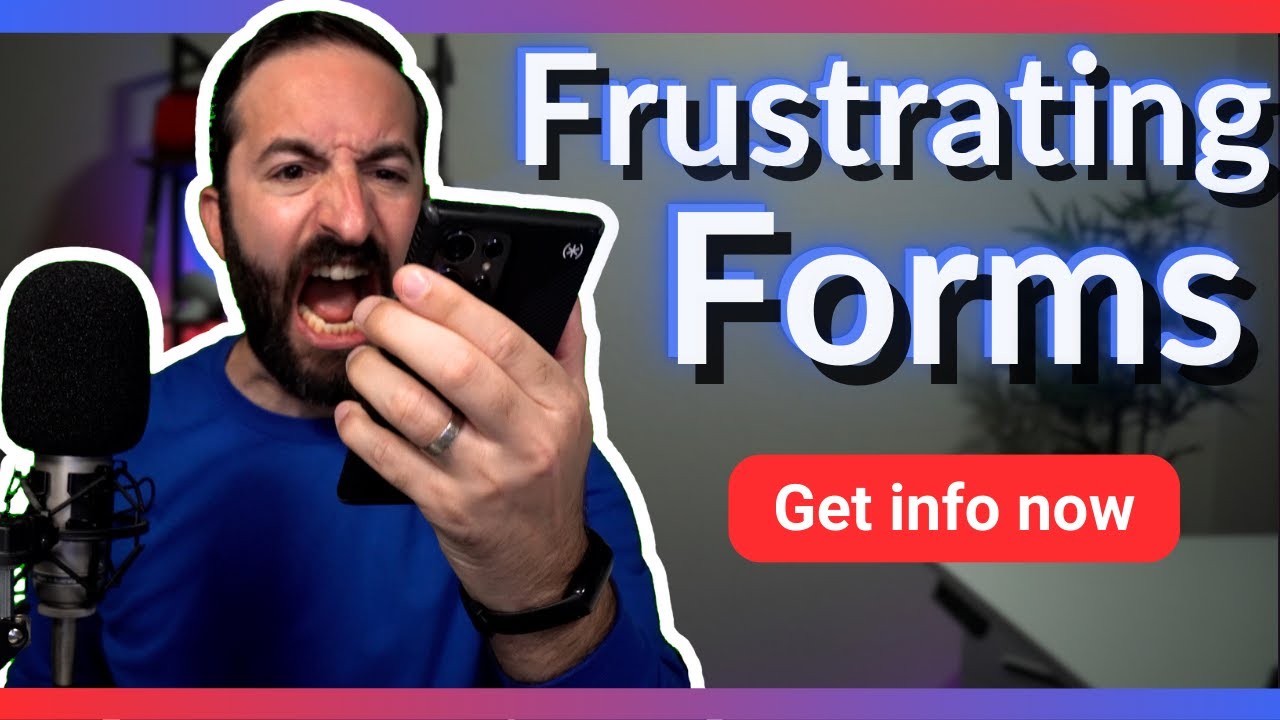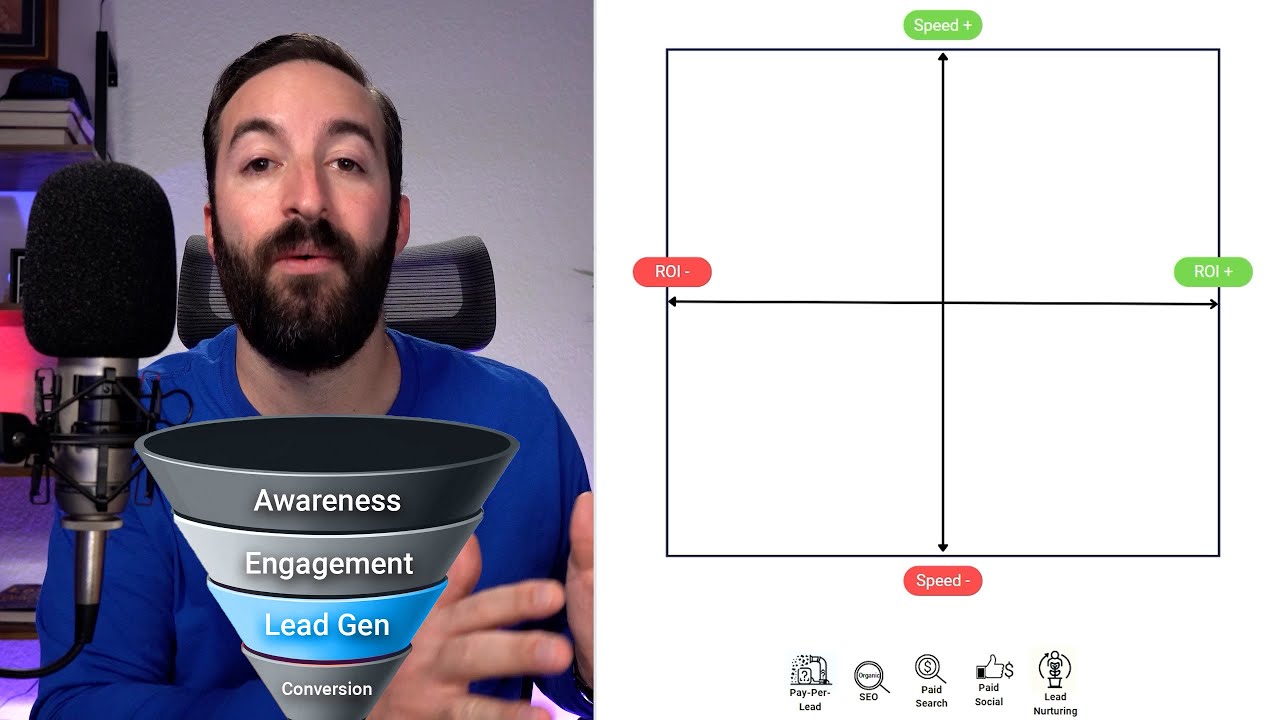How This Justice League Enemy Actually Terrorizes Your Marketing Results
What happens when a $300 million blockbuster clashes with the most dangerous marketing villain? Not even the Justice League can save your campaigns now! The Grand Plan: Zack Snyder’s Vision
Read More | Watch Video
